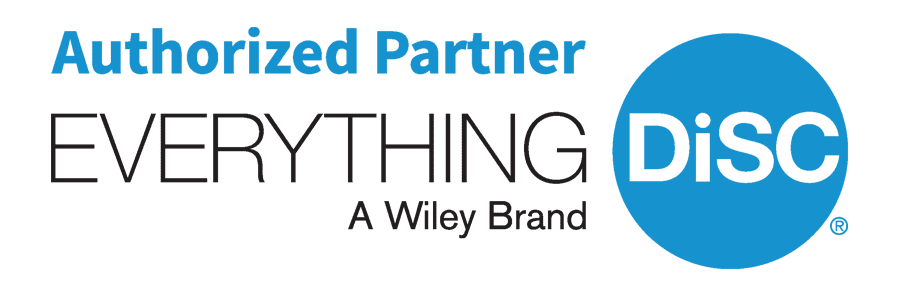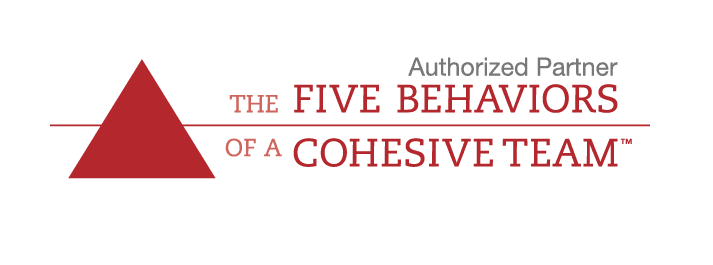Improving Communications Skills for Medical Residents With DiSC Classic
DiSC Classic® 2.0 was used to help doctors better relate to their patients and colleagues.
Among other facts, a medical doctor in residency has to know that adult humans have 206 bones, that severe abdominal pain can be a sign of hepatitis B, and that the extensor hallucis longus muscle is found in the lower leg.
Seeing examples such as these, it may seem that doctors are so stuffed with information about the human body that they do not have room to process anything beyond that sphere. However, a veteran DiSC trainer says that many doctors want to expand their knowledge beyond the world of organs, arteries, and ligaments.
“There’s a thirst for more knowledge about behavior,” he says. “This is not something that doctors regularly get information about.”
He recently learned this when he taught communication skills to a group of medical residents. The residents worked at a hospital that had set up a mandatory program for its physicians to learn how to interact better. The program evolved after clashes among staff members had became too frequent and intense to ignore.
“Many of the issues in the institution centered on doctors, particularly regarding issues of customer service and relationships,” he says. “Doctors were this untouchable group.”
The atmosphere among the doctors had turned toxic, with professional jealousy and distrust on open display. In addition, the residents tended to disrespect their colleagues, and loud arguments were far from rare.
The trainer believed that one cause of friction was the fact that so much of the hospital staff had similar behavior patterns. Because the residents made no attempt to understand their peers — and had very little knowledge of their own motivations and preferences — those actions and behaviors that should have nurtured common ground instead provoked intense friction. An added complication was that the workplace environment was not conducive to constructive dialogue.
“It’s not a unionized setting,” he says. “And doctors were allowed to get away with bad behavior.” Minimizing such bad behavior was one of the goals of the program. He also wanted the residents to recognize the importance of their behavior and to establish effective communication with their colleagues.
“The most dramatic development was that the training helped make the physicians more aware of their own behavior, and the importance of good personal interaction finally became clear to them.”
To accomplish these difficult objectives, he relied on DiSC Classic® 2.0. He says that the combination of the instrument’s insights and its ease of use made it a natural fit.
“The most dramatic development was that the training helped make the physicians more aware of their own behavior, and the importance of good personal interaction finally became clear to them.”
“DiSC Classic 2.0 makes it look like we’re performing magic,” he says. “It’s ideal for talking about needs, information, pace, and communication in a very nonthreatening way.”
He adds that the online version of DiSC Classic is well-suited to younger participants such as medical residents, who are perfectly comfortable with email and computer-based forms. He points out that the speed and simplicity of the online form fit perfectly with the physicians’ hectic schedules. For those reasons, he had the residents take the assessment in advance so that he could devote the sessions to discussing the results.
And the results certainly did inspire conversation. The residents learned the DiSC model and talked about the importance of perception. They asked how their styles affected their peers, and they answered questions about how their colleagues perceived them.
To solidify the DiSC concept in the doctors’ minds, He had the participants divide into four groups, organized by behavioral dimension. He then discussed each dimension and applied it to the individuals in that group.
“Lights began to come on as the participants connected their own experiences to the people in that group,” he says. “They understood what it means and what that group needed.”
Despite the breakthrough in learning, however, he still ran into pushback. One doctor questioned the relevancy of the DiSC model to her profession.
“The resident said, ‘That’s nice, but I’m a doctor. Why do I need this?’ ” he says. “I said that sometimes we need to stop and think about what the other person needs right now, in terms of communication and information. That’s relevant for any job.”
Additional insights for the participants developed over the course of the training. The residents identified reasons for some of the miscommunication that had arisen with colleagues and patients. And they learned more about their strengths and weaknesses in a particular area.
“They found out that there might be other ways to achieve the same goal,” he says.
The most dramatic development was that the training helped make the physicians more aware of their own behavior, and the importance of good personal interaction finally became clear to them.
In fact, some residents contacted him after the training concluded to further discuss the DiSC model. Brown says one doctor asked for tips on how to adjust his D behavior. Another resident expressed his thanks for clarifying why he felt such frustration.
“He read the narrative descriptions and finally understood why people were responding in certain ways to him,” he says. “His fellow residents misunderstood his drive, and he saw that it wasn’t his fault.”
Brown says that many of the doctors began to think about the effect their behavior had on their colleagues and patients. For some residents, this was a first. Such breakthroughs are not uncommon for DiSC Classic 2.0, which often helps improve morale, increase efficiency, and strengthen relationships.
“If we stop and ask questions, and try to meet the person’s need, there’s a good chance that the communication is going to be successful,” he says. “We find a way to behave.”
Download PDF of Case Study: Communications Skills with Medical Residents using DiSC Classic.
Related Case Studies
- Everything DiSC Profile for Change Management and Customer Service – Improving communication and customer service in a medical diagnostic center and research organization was successfully accomplished using a blend of Everything DiSC for Workplace, Management, group reports, and the Personal Listening Profile.
- Using DiSC Classic to Create a Culture Shift in a Non-Profit Organization – The DiSC Classic 2.0 provided a cost-effective tool for a non-profit health care organization (HCO), providing insight into how to be more effective with others and an understanding of how one’s behavioral style impacts others on a team.
Products Used



Recommended Substitutions


![]()
Related Case Study
Using Everything DiSC Management and Comparison Reports with a Leadership Team
Communication problems, interpersonal conflicts and trust issues for leadership team are improved using theEverything DiSC Management Profile and Comparison Reports.
 Case Study
Case Study
Using ED Management to Reduce Stress and Decrease Turnover
Publicly-traded international oil and gas service company, with 2,000+ employees used Everything DiSC Management Profile to reduce turnover and employee stress.
Featured Research Report
From DiSC® Classic To Everything DiSC®
How My Graph Became a Dot.





